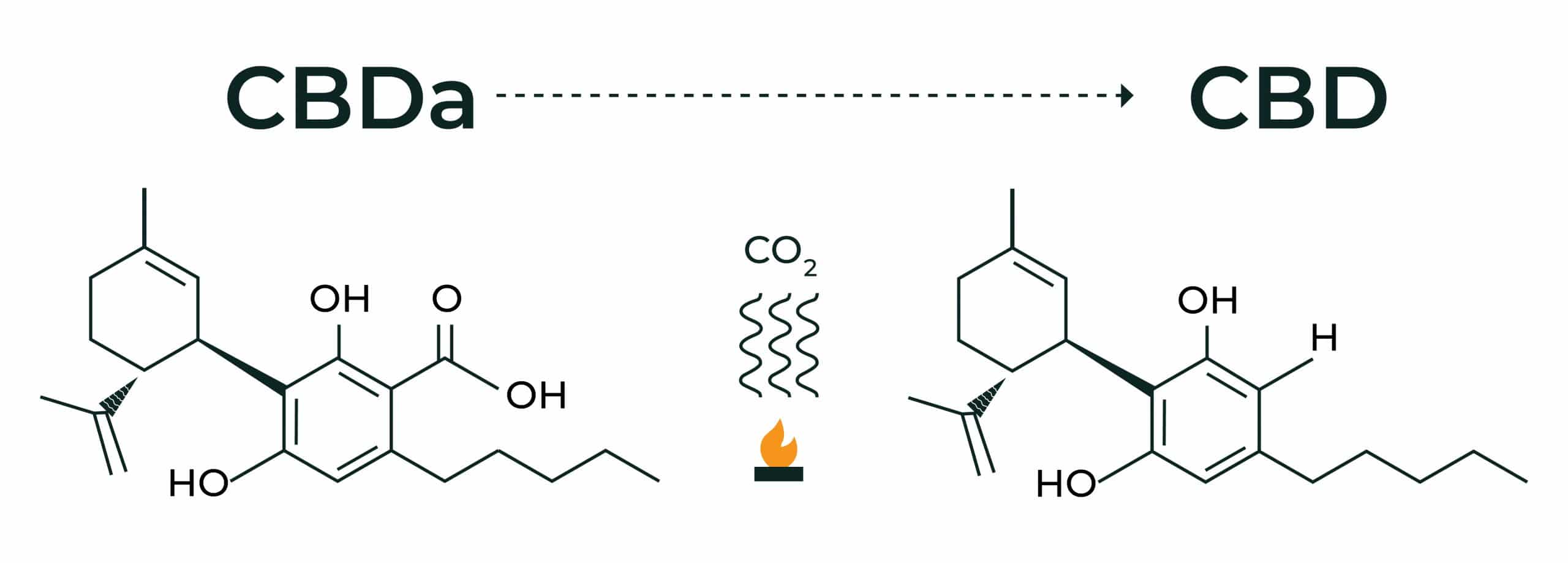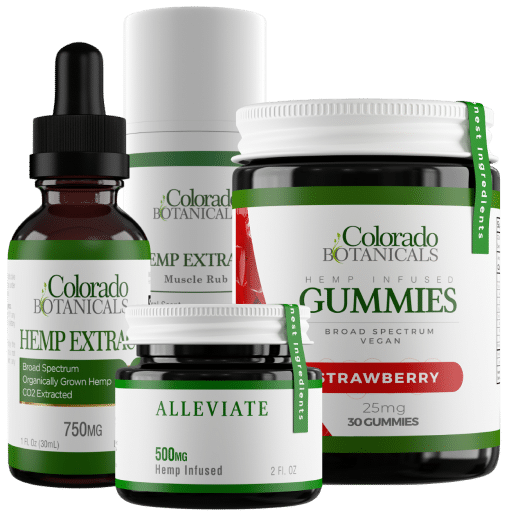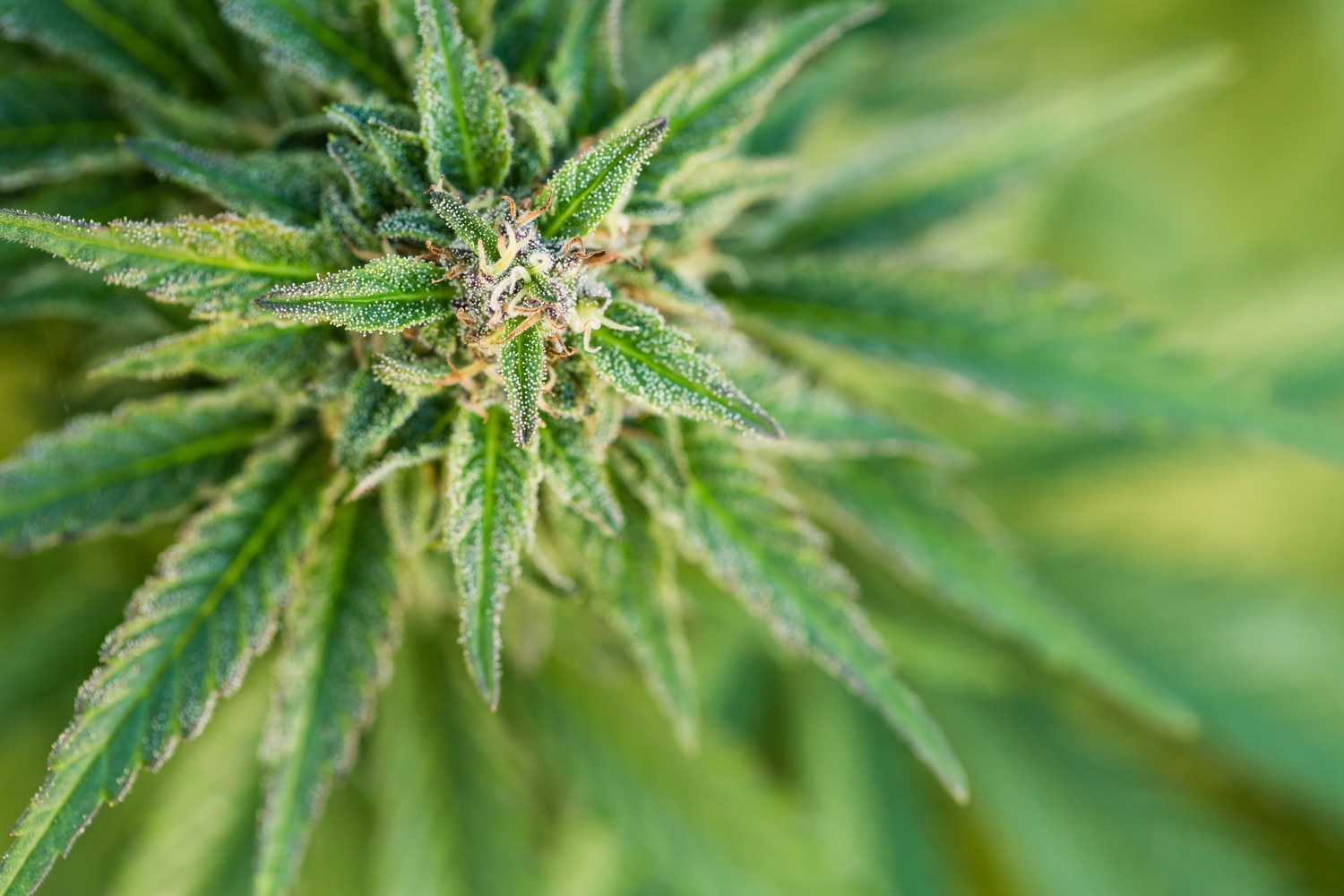If you want to know how to make CBD oil at home, you’ll be pleased to know it’s a lot easier than you think. Keep in mind. It won’t be the same quality and retention of plant compounds as professionally done by companies such as ourselves.
Sure, you can get it from an outside vendor, yet there’s something about homemade cannabis edibles that makes things fun. We all know there are different ways vendors do it. CO2 extraction is all the rage, but you’ll need a lot of money to buy the equipment and pay the technicians who operate it for you.
You may also have heard of alcohol extraction. While accessible, this isn’t the easiest way to do it. The method we’ll cover today means you probably won’t even have to don your mask and visit the grocery store. Everything you need is either in your cupboard, pantry or fridge. If you’re still missing something, you won’t drop more than a couple of bucks.
So if you:
-
- a) Own a stove
- b) Are on a budget
- c) Have no clue what you’re doing
…this is your chance to quickly and easily learn how to make CBD oil at home.
How to Make CBD Oil: The Full DIY Guide
Before we get to cooking, it’s important we understand some fundamentals about CBD and CBD oil. We could go on forever with the fine details, but all you need to know right now are the types of CBD products and some easy science.
Types of CBD
If you visit a CBD company’s website, you’ll likely come across the terms “full-spectrum,” “broad-spectrum,” or “CBD isolate.”
These labels refer to cannabinoid and terpene content – if any. Let’s take a quick look at what each product means.
Full-Spectrum
Full-spectrum CBD oil (a.k.a. “whole plant extract”) contains all other cannabinoids and terpenes found in the source plant. Different plants contain different chemical profiles, but full-spectrum products will always contain some traces of THC.
However, THC won’t cause intoxication in such low doses, and even helps the overall potency of your CBD mixture, thanks to the “entourage effect.” This synergistic relationship between cannabinoids and terpenes effectively allows them to complement or improve the potency and effects of your CBD oil.
One complaint people have, though, is that full-spectrum maintains a strong cannabis or “hempy” taste.
Keep in mind, the homemade CBD oil method we cover doesn’t allow you to filter out any compounds, keeping your CBD rich in cannabinoids and terpenes – in other words, full-spectrum.
CBD Isolate
CBD isolate is a product containing up to 99% CBD, with all other compounds completely gone. It’s colorless, odorless, and flavorless. Some vendors who want their edibles or oils to be unaffected by any plant aroma often choose CBD isolate.
Although it’s almost pure CBD, isolate lacks any of the beneficial cannabinoids and terpenes that work to trigger the entourage effect. Consequently, the therapeutic benefits of CBD isolate are limited compared to other forms.
Broad-Spectrum
Broad-spectrum CBD is the middle ground between full-spectrum and CBD isolate. It retains the same compounds as full-spectrum CBD, but with all traces of THC removed.
This is handy if you’re worried about triggering a drug test (which is possible) or if you’re sensitive to THC.
What is Decarboxylation?
Ever wonder why you have to light cannabis on fire or heat it in a vaporizer? The simple answer is “decarboxylation.” It’s an essential step when making your own CBD oil.
Cannabinoids originally sit in an inert acidic form. For example, CBD is originally CBDA (cannabidiolic acid) prior to decarbing. When heated to a certain temperature, the CBDA undergoes a chemical change that turns it into CBD.

How to Make CBD Oil at Home
Now that we better understand CBD oil, it’s time to dive in on making CBD oil. The method we’ll describe today is the same one people use with any cannabis oil. It involves the use of dried flower from either an industrial hemp variety or “marijuana.”
Today, plenty of vendors offer industrial hemp dry herb in a variety of different strains and strengths – all with less than 0.3% THC. You can also get high CBD, lower THC flower from a dispensary or medical provider, depending on the laws in your state.
The following recipe will net you about 2 cups (500 ml) of CBD oil. The potency depends on how much CBD is in the dry herb, and the type/amount of carrier oil chosen. We recommend coconut oil because it does an excellent job retaining CBD and other cannabinoids.
The amount of dry herb and oil you use isn’t written in stone. The less oil you use, the more cannabinoids get packed into it. The level of CBD in your dry herb also affects potency.
But enough prepping – let’s make some CBD oil.
Things You’ll Need on Making CBD Oil
-
- 1/2 oz (14 g) industrial hemp flower or another cannabis flower (if legal)
- Grinder
- Baking sheet
- Aluminum foil
- 1 cup (250 ml) coconut oil
- Oven and stove
- Oven thermometer (optional)
- Meat thermometer
- Pot or saucepan
- Paper towel or coffee filter
Calculating Dosage When Making CBD Oil
Got all your ingredients? Great! Now it’s time to figure out how strong your oil will be. This requires some simple math.
Whether it’s industrial hemp or high-CBD “marijuana,” CBD levels vary from strain to strain. So let’s pretend your flower contains 20.0% CBD:
- Take 20.0 and move the decimal to the right, which shows your herb has 200 mg/g of CBD.
- Multiply that 200 by the number of grams you’re using – in this case, 14.
- We see that the total CBD in your batch will equal 2800 mg prior to decarboxylation.
- Now, we need to know the CBD per milliliter (ml), so divide 2800 by the 250 ml of coconut oil we’re using, which comes to 11.2 mg/ml of CBD oil.
If you find this dose is too little or too much, increase/decrease the amount of dry herb as needed. You can also add more oil to dilute the mixture.
To know how much CBD potency the hemp flower has, make sure you have the third-party lab report to get that number.

Here is a visual of a lab report on a cannabis hemp flower rich in CBD. As you can see, this hemp flower has a potency of 16% CBDA (cannabidiolic acid), which CBDA would then be converted to CBD after decarboxylation. Every 1,000mg of oil will contain roughly 160mg of CBD.
7 Steps on How to Make CBD Oil
Step 1: Preheat the Oven
Preheat your oven to 225oF. This is a solid middle-ground. But remember that oven temperature isn’t likely to reflect the exact number shown on your stove.
It’s handy to have a simple oven thermometer if you want to keep a more precise tab on temperature. Undercooking won’t properly activate the cannabinoids while overcooking evaporates them away.
Step 2: Grind the Flower

Using your grinder, coarsely grind your cannabis flower. A simple metal hand grinder is a great choice, as these tend to give you the consistency you need.
Don’t over-grind it. If the pieces are too small, you’ll burn them before you even start making your own CBD oil.
Step 3: Prepare the Ground Cannabis
Line your baking sheet with aluminum foil. Evenly lay out the ground cannabis flower on your baking sheet. It’s important to keep it in an even, single layer. Otherwise, the flower won’t cook evenly.
Finally, cover the sheet with aluminum foil.
Step 4: Decarboxylate the Hemp Flower
If you have an oven thermometer inside the appliance, check to make sure you have the right temperature. If the difference is more than 20oF in either direction, adjust the heat as needed.
Bake for 30 minutes, then remove and let the hemp cool for 45 minutes. Once cool, lift the layer of aluminum foil. If everything went well, the herb will have golden brown, toasted color.
Below is an image of grinded cannabis flower on the left prior to decarboxylation, and decarbed flower on the right.

Step 5: Mix CBD with Coconut Oil to Make Tincture
Turn your pot or saucepan to low heat, and add the coconut oil. DO NOT allow it to simmer or sizzle.
Use the meat thermometer to check the oil temperature. It should hover at around 150oF. If the mixture exceeds 2000F, you could cause some cannabinoids to evaporate during cooking.
You can use an overhead stirrer like this to set it on automatic, and it will mix the CBD extract with coconut oil to make CBD oil tinctures.
Step 6: Complete the Oil Infusion to make CBD Oil Tinctures
Cook the mixture for 30 minutes to 4 hours. The longer you cook, the more cannabinoids get infused into the oil, and the stronger your final product will be.
Step 7: Strain
Place a coffee filter or paper towel above a cup, small pot, or another container. Carefully and slowly pour the oil onto the filter or paper towel to separate and discard the plant matter.
Pro tip: Use two or three paper towels layered together, as a single one could rip while you pour the oil.
CBD Oil Uses
Congratulations on your first batch! Now that you can make your own CBD oil, it’s time to put it to good use. Although oil is typically associated with straight oral ingestion, there are other things you can do with it.
For instance, you can use it in edible recipes to make an endless range of tasty CBD-rich treats, or mix it with moisturizer to create a soothing topical. Some people add it to smoothies or use it as a salad dressing.
Ultimately, there’s almost no limit to what you can do with CBD oil.
How to Make CBD Oil: Final Thoughts and Tips
While making CBD oil, it’s important to consider safety. There are also some tips we want to address that’ll make your CBD cooking experience much better.
Safety when Making CBD Oil
Fortunately, you won’t be working with explosive substances like butane, nor will you need to worry about leaving solvent traces behind (alcohol method). Aside from “don’t burn yourself,” there’s really nothing else to worry about during the cooking process.
CBD itself, however, is another story. The cannabinoid is known to interact with a broad range of medications. Talk to your doctor before adding CBD to your health routine.
Tips on Making CBD Oil You Want to Know
- Store your CBD oil in a dark place at room temperatures – such as a cupboard or cabinet. That way CBD oil will expire at a later time.
- Although some recipes call for a moderate or large amount of hemp, you can just as easily learn how to make CBD oil at home using as little as 5g of hemp. Just reduce the oil amount to maintain the same concentration.
- Make your CBD oil in a well-ventilated kitchen. Not doing so won’t kill you, but cannabis emits a very strong odor when you bake it. Keep your windows as open as possible until the smell disappears.
- Add some flavoring extracts or mix the oil with a smoothie to mask the taste.
- Do you use a dry herb vaporizer (hemp or high-CBD “marijuana”)? Collect the leftover toasted plant matter and recycle it for edible oil. The flower has already been decarboxylated, so you can simply toss it in some oil and you’re good to go!









